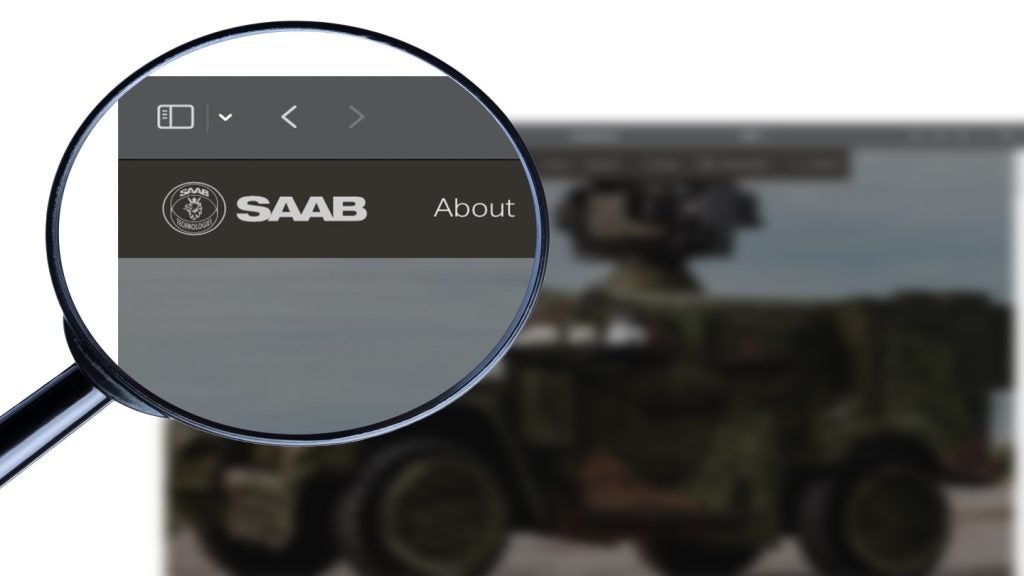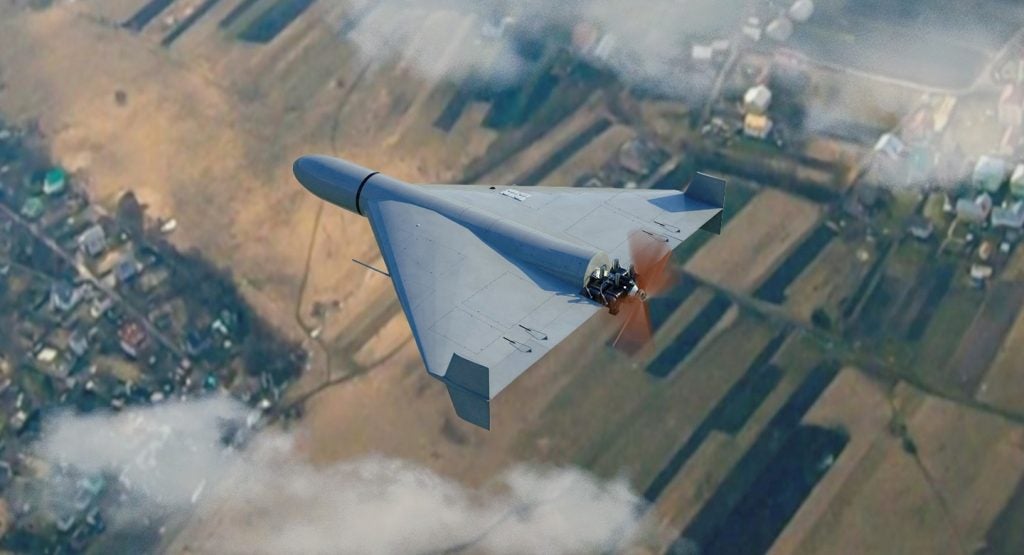
US Army to issue RFP for lightweight armoured combat vehicle
The US Army is to issue a request for proposal (RFP) for the acquisition of a lightweight, armoured combat vehicle known as the mobile protected firepower (MPF).
The MPF is being procured as a replacement for the M551 Sheridan armoured reconnaissance / airborne assault vehicle, which was withdrawn from regular service in 1996.
A draft (RFP) was issued in September and feedback from potential MPF contractors was received this past week.
Orbital ATK reaches rocket motor milestone for Hellfire missile
Orbital ATK completed the delivery of it 100,000th tactical rocket motor, which powers the AGM-114 Hellfire missile.
The motor can be used to power a variety of platforms ranging from helicopters, aircraft, unmanned aircraft, land combat vehicles, and combat ships. It is currently being used by the US Armed Forces, as well as 16 other allied nations.
Production of the Hellfire missile rocket motor is carried out at Orbital ATK’s Allegany Ballistics Laboratory (ABL) in Rocket Center, West Virginia, US.
How well do you really know your competitors?
Access the most comprehensive Company Profiles on the market, powered by GlobalData. Save hours of research. Gain competitive edge.

Thank you!
Your download email will arrive shortly
Not ready to buy yet? Download a free sample
We are confident about the unique quality of our Company Profiles. However, we want you to make the most beneficial decision for your business, so we offer a free sample that you can download by submitting the below form
By GlobalDataUS Army and WSU partner to develop military technologies
The US Army Aviation and Missile Research, Development and Engineering Center (AMRDEC) and Wichita State University (WSU) agreed to work on the development of new technologies for military applications.
A partnership intermediary agreement (PIA) to this effect was signed between AMRDEC and WSU.
Under the $1.9m research and development agreement, the WSU’s new FirePoint Innovations Center will work with AMRDEC scientists, industry, universities and other US Department of Defense (DoD) researchers to develop vertical lift technologies for the nation’s troops over a period of two years.
Meggitt launches new live-fire screen for simulation training
Meggitt Training Systems expanded its integrated live-fire and virtual weapons training services portfolio with the launch of a new live-fire screen, which enables simulation training on a firing range.
The new full-size live-fire solution will allows users to train within shooting ranges using live ammunition by displaying scenarios on the screen through the FATS 100LE system, according to the company.
The easy-to-install, self-healing screen was designed to withstand up to 50,000 rounds over the entire surface area and can be used with a variety of weapons ranging from revolvers to submachine guns.
Rafael to supply Spike LR 2 missiles for Israel Defense Forces
Rafael Advanced Defense Systems secured a deal for the production and supply of Spike LR 2 missiles for the Israel Defense Forces (IDF).
The contract will require the company to deliver more than 1,000 units of the electro-optical, precision-guided missile in order to improve the IDF’s infantry engagement range, as well as its lethality against a large variety of targets.
The procurement of LR 2s will complement the IDF’s fielding of the integrated control launch unit (ICLU), which is the new digital networked launcher that is expected to provide improved tactical connectivity for third-party target allocation.
Australia awards five new Defence Innovation Hub contracts
Australian Defence Industry Minister Christopher Pyne announced the award of five contracts via the country’s Defence Innovation Hub.
The new deals are worth a combined A$5.9m ($4.61m) and expected to help meet the capability needs required to ensure Australia’s current and future national security.
L3 Oceania received an A$2.9m ($2.26m) contract to explore the development of an underwater acoustic sensor for use by the Australian Defence Force’s (ADF) maritime division.
New Zealand Defence Force invests in M107A1 and MRAD weapons
The New Zealand Defence Force (NZDF) is investing in two new weapons that will be used by infantry units within the New Zealand Army and the New Zealand SAS.
The new weapons include the Barrett M107A1 anti-materiel weapon and Barrett multi-role adaptive design (MRAD) sniper rifle.
NZDF is set to invest NZ$4m ($2.82m) to acquire the 40 M107A1 and 42 MRAD weapons. The purchase will also include day optics, suppressors and ballistic computer auxiliary equipment to create a total weapon system.
Leidos wins $480m US Army contract to support DAGRS programme
Leidos secured a prime contract from the US Army to develop, field, and support mission-oriented technology solutions for global responders.
Under the five-year contract, the company will support the US Army’s Research, Development, and Engineering Command’s Communications and Electronic Research, Development, and Engineering Center’s Night Vision and Electronic Sensors Directorate (NVESD) under the deployable adaptive global responder support (DAGRS) programme.
The NVESD is responsible for supporting army, joint expeditionary, special operations, intelligence and other mission-focused activities by providing rapid access to technology solutions.
Cubic’s GATR to provide SATCOM solutions to New Zealand Defence Force
Cubic’s GATR Technologies won a contract worth more than $5m to provide satellite communications (SATCOM) for the New Zealand Defence Force (NZDF).
The contract will see GATR support NZDF’s Network Enabled Army (NEA) programme.
The programme seeks to improve the NZDF’s ability to support deployed land forces by improving its battlefield’s command and control system, communications and intelligence surveillance and reconnaissance (C4ISR) sensor systems.
UK selects new high-tech gadgets to assess future chemical or bio-hazards
UK Defence Secretary Michael Fallon selected new high-tech concepts to investigate chemical or bio-hazards in the future, as part of a competition launched to create equipment in support of emergency services.
A pocket-sized drone and a mini-detector known as Snake Eyes are among the four winners that have been selected to further develop their concepts.
As part of a collaboration between the Ministry of Defence and the Home Office, a range of small and medium-sized enterprises (SMEs) with high-tech concepts were awarded funding to assess potentially hazardous scenes.







